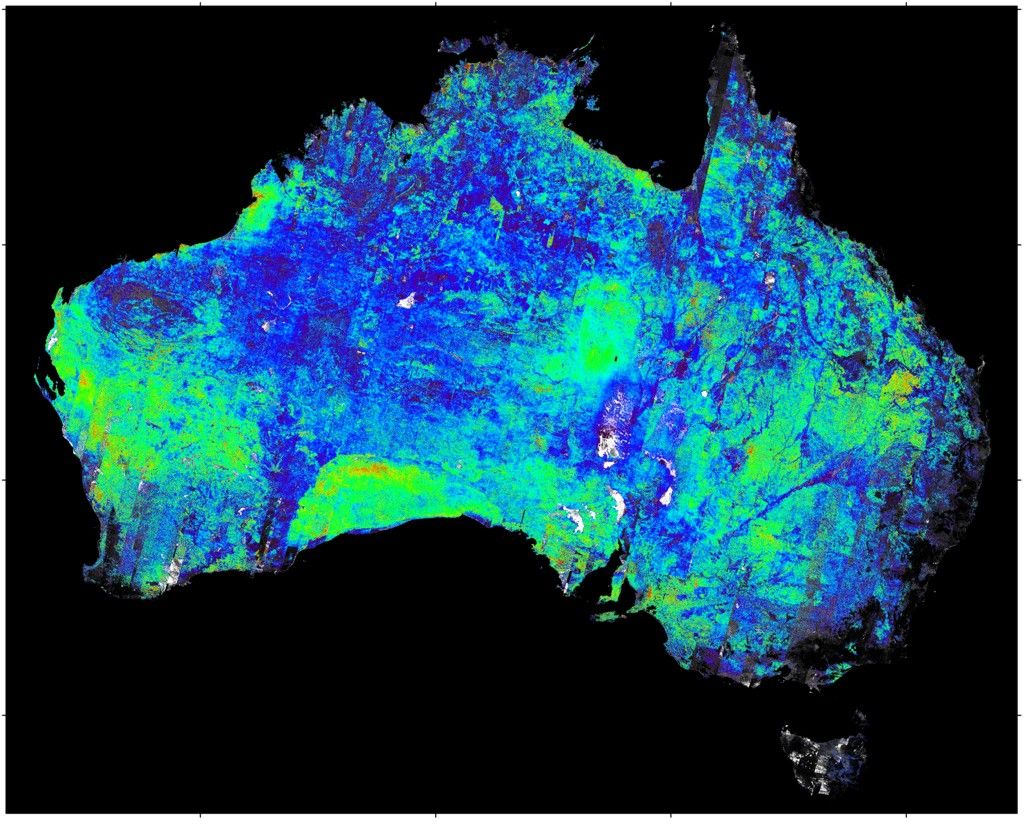Novel network for geoscience nationwide
 A supercomputer and a cloud of files will form the backbone of a national integrated geoscience data network to be launched soon.
A supercomputer and a cloud of files will form the backbone of a national integrated geoscience data network to be launched soon.
Teams from CSIRO, Geoscience Australia and AuScope have been working on the collaborative effort to improve the capabilities of geoscience researchers, engineers and others in the industry. The network will be supported by cutting-edge visualisation and spatial information storage software and features ‘virtual laboratories’ that allow researchers to process big data online, across multiple computers and in a fraction of the time.
CSIRO say the geoscience network will enable researchers from across disciplines to tackle society’s biggest challenges including natural disasters, climate change, water security and the sustainable development of mineral and energy resources.
Project leader Dr Robert Woodcock says the system addresses a number of problems and hindrances to save time and money; “Geoscience data is collected by different organisations across Australia that use a range of software and produce data in various formats that are often incompatible. This makes processing and bringing the data together slow and expensive, even for the relatively small queries... the network will make the approach to data more uniform across organisations, so that information can be brought together more readily and at little to no cost, regardless of where it comes from and who is accessing it,” Dr Woodcock said.
The network will utilise the National Computational Infrastructure’s supercomputer, which has the processing power of more than 15,000 desktop computers.
“The network will enable us to do better science, while also helping government and companies,” said Dr Woodcock, “the minerals industry will benefit from this with easy access to valuable data that could eliminate some of the guess work in exploration, whereas scientists might use the data to predict the impacts of climate change.”








 Print
Print